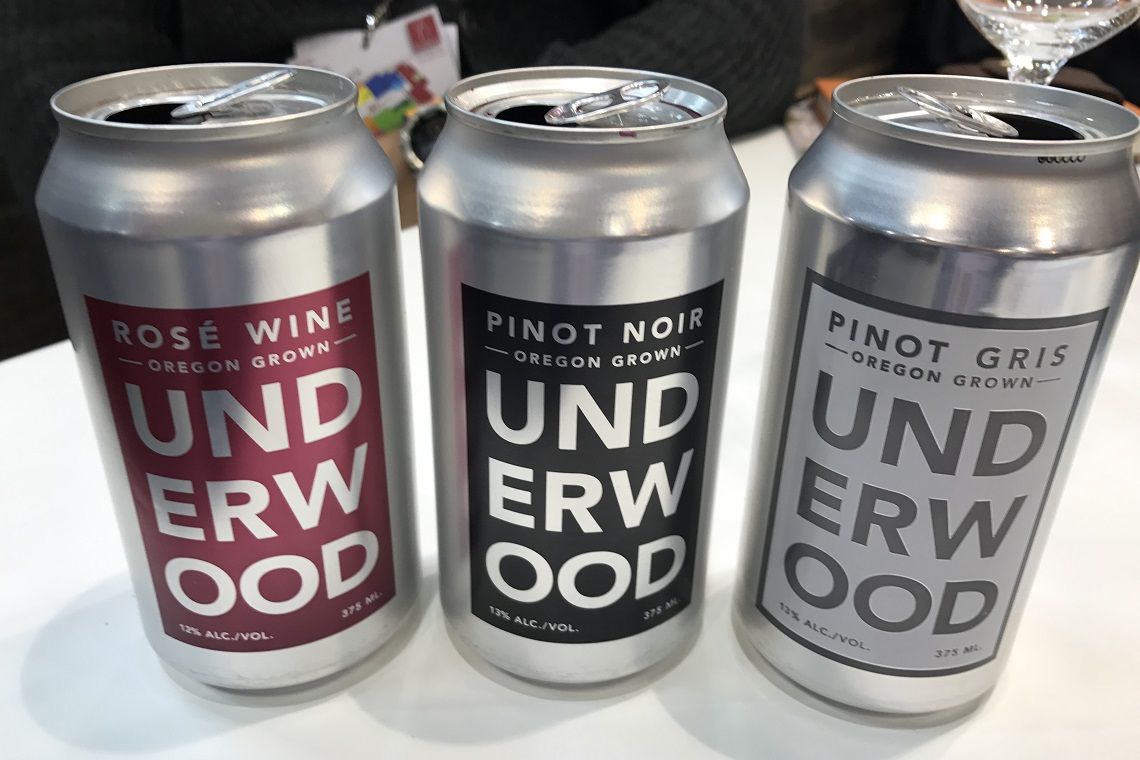By Paul Wootton, Reporting from Düsseldorf
Wine in cans, high altitude wines and the rise of Chenin Blanc and Gamay have been identified as key trends likely to impact the global wine industry in the coming years.
The predictions were made by wine experts Stuart Pigott and Paula Redes Sidore in a seminar hosted at international trade fair ProWein this week.
They explained this year’s trends were driven by three factors: climate change, social change and the ever-present changing nature of the industry.
Wine in Cans
This is a divisive topic, Redes Sidore admitted, explaining she grew up in an era where cans signified something cheap, where the contents of the can “weren’t worth putting in a glass”. But she said that a younger generation have grown up with craft beer and cider in cans and for them cans are an acceptable alternative to glass.
“Cans are a format and what matters is what’s inside,” she explained. “We’re seeing some really fantastic wines in cans, including single varietal, single vintage, single vineyard cans coming out of California right now. It’s really beautiful stuff that’s playing in the same league as half bottles.”
The USA has already embraced the trend and Oregon’s Union Wine Company, which began putting wine in cans back in 2013, enjoys great success with its Pinot Noir, Pinot Gris and rosé in cans.
High Altitude Wines
The effects of climate change, with drought stress becoming a more frequent problem for winemakers, would result in a greater focus on higher altitude vineyards in the future, Pigott argued in the seminar.
“When I first got involved with wine in the eighties, a vineyard that was 1000 metres above sea level seemed like a really big deal,” he said. “It doesn’t seem that way anymore.”
Illustrating his point he showed off a wine from Salta in Argentina made from grapes grown 2000-3000 metres above sea level.
“There are important differences when growing grapes at that altitude,” he said. “The air is thinner, it’s generally dry, you have super intense sunlight and the soils drain very fast.”
Redes Sidore pointed out that wine students are taught there are three classic climate types: Maritime, Mediterranean and Continental. She suggested the mountain climate was now emerging as a fourth climate for vintners to explore.
Chenin Blanc and Gamay
“These are two grape varieties which have become the 21st century mega-cool twins for sommeliers and wine freaks around the globe,” Pigott said. “Both have become fashionable partly because they were so unfashionable. But both are very interesting grape varieties.”
Pigott claimed Gamay was a variety that had great potential under new hotter climatic conditions. In the very ripe 2015 vintage in Beaujolais, where most of the world’s Gamay is grown, growers found none of the wines went above 13.5 per cent abv and good levels of acidity were still present. “By contrast, with Pinot Noir you have to race to pick the grapes early to avoid the acidity falling through the floor and the grape sugars shooting through the ceiling,” Pigott said. “I think we’re going to see a lot of exciting wines coming out of Beaujolais in the next few years.”

